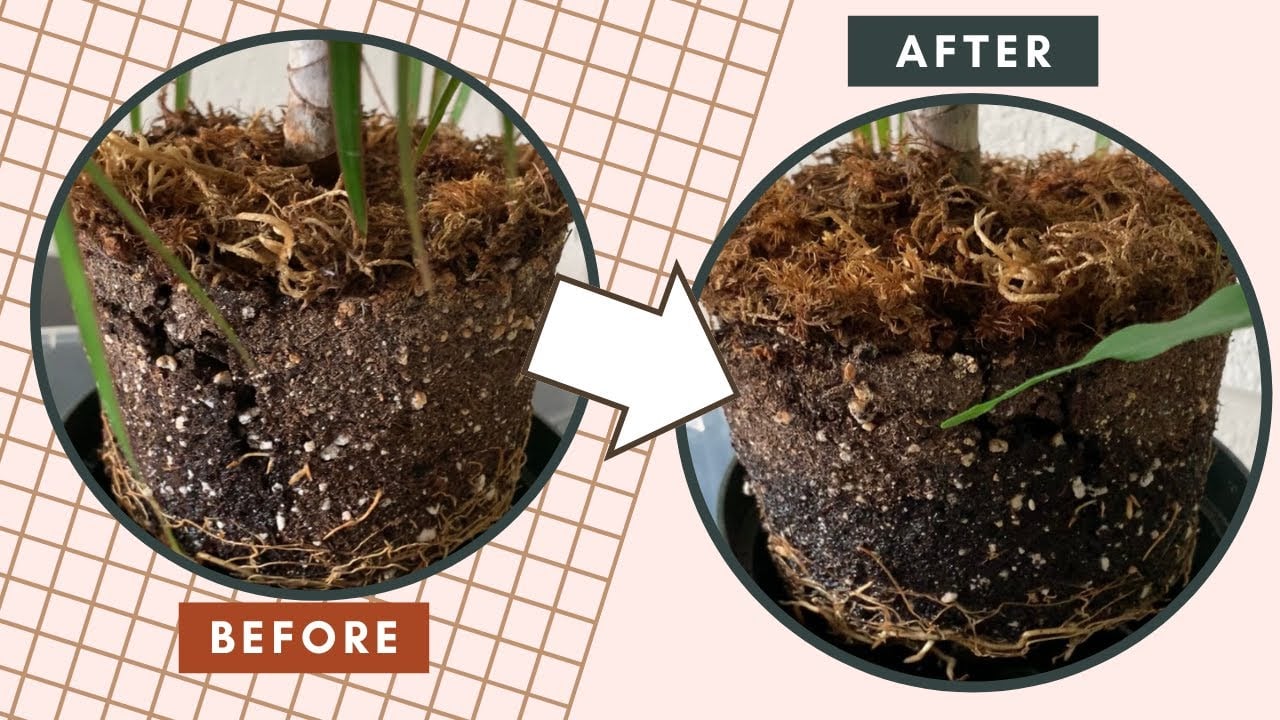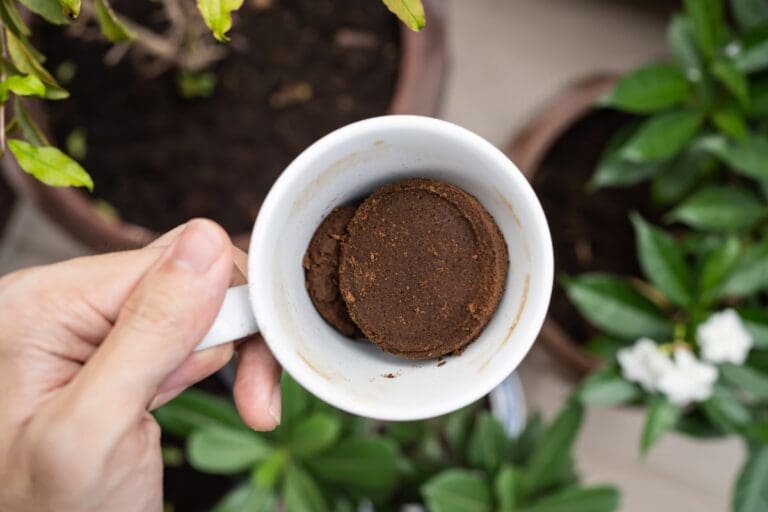6 Visual Signs Your Plant Is Thirsty This Summer and How to Spot Them Early
Summer can be brutal for my plants, especially when the days are hot and dry. It’s honestly pretty easy to forget just how fast they can get thirsty in the heat.
Knowing how to spot the signs that my plant needs water helps me keep it healthy and happy. If I stay alert to those little visual cues, I can give my plants what they need all summer long.
Please note: Simplify Plants is reader-supported. As an Amazon Associate, I earn from qualifying purchases made by our readers with no extra cost added to you all! Some links in the post are affiliate links and I get a commission from purchases made through links in the post.
1) Wilting leaves that don’t perk up by morning

One of the clearest signs my plant needs water is wilting leaves. When I spot leaves drooping or just looking a bit sad, it’s a red flag.
Sometimes plants wilt on hot days but bounce back once the sun goes down. If my plant’s leaves are still limp and wilted the next morning, that’s a big clue it’s thirsty.
I’ll check the leaves up close. If they’re still floppy after a night’s rest, it’s probably time to water.
Persistent wilting means my plant hasn’t gotten enough water from the soil. The leaves might even curl at the edges or feel thin and soft.
If I see this, I’ll gently touch the soil. Dry, crumbly soil plus wilting leaves? That’s a sure sign my plant’s thirsty.
Strong, upright leaves usually mean a happy plant. Wilting that sticks around into the next day is a pretty clear hint my plant needs a drink.
I try to pay attention each morning—it really helps my plants avoid long-term stress.
2) Dry, cracked soil pulling away from the pot edges
When I spot dry, cracked soil in my plant’s pot, I know something’s off. The soil can start to look sandy or even shrink away from the edges.
It’s one of the most obvious signs my plant is due for water. Sometimes the soil gets so hard, water just runs off the top instead of soaking in. That makes it tough for roots to get what they need.
When the soil pulls away from the pot, roots might get exposed to air. That dries them out even more, and my plant struggles.
I always check for gaps between the soil and the pot when I water in summer. If I see cracks or a gap, I know it’s time for a good soak.
I’ll pour water slowly so it can reach the whole root ball. Sometimes I gently poke the soil to help water reach deeper.
Keeping an eye on the soil helps me stop underwatering before it gets bad. A healthy plant needs soil that’s moist, not bone-dry or cracking.
Whenever I see the soil pulling away, I know I need to act.
3) Leaves turning dull or faded
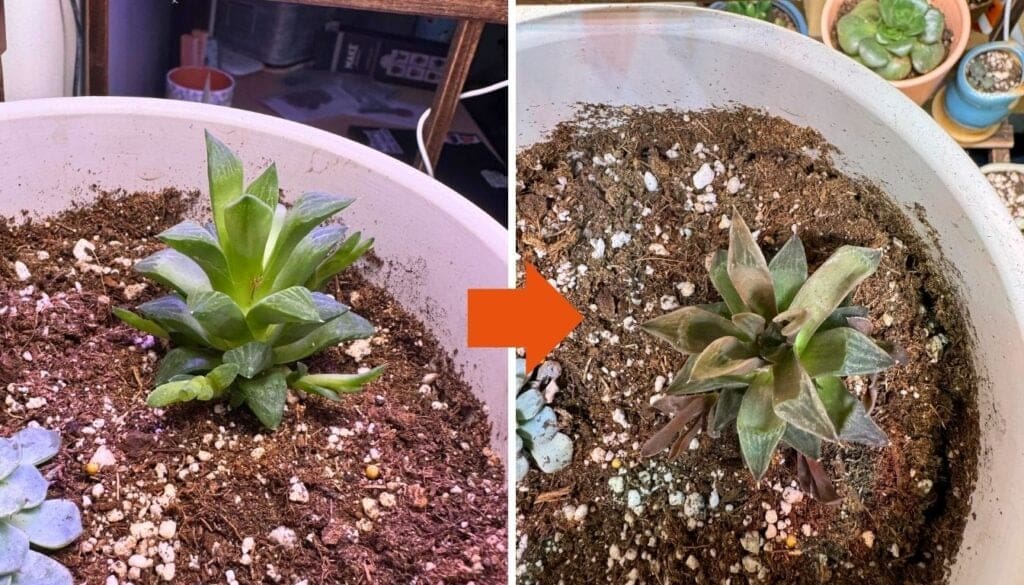
When I notice my plant’s leaves losing that bright green, I get a little concerned. Healthy leaves are usually bold and rich in color.
If they’re looking dull, pale, or just faded, it’s often a sign they need water. Thirsty plants don’t look as lively or shiny.
The leaves might seem tired, weak, or just blah. This can sneak up slowly, so I try to check my plants often, especially when it’s hot.
A lack of water makes it hard for plants to keep their color strong. Without enough moisture, the green starts to fade, sometimes first at the edges or tips.
When I see these faded or dull leaves, I’ll check the soil. If it’s dry, I give my plant a drink.
After watering, the leaves might perk up and get some color back in a few days. Watching leaf color helps me catch thirst before it gets serious.
If my plants’ leaves start turning dull, it’s definitely time to check their water.
4) Brown leaf tips appearing rapidly
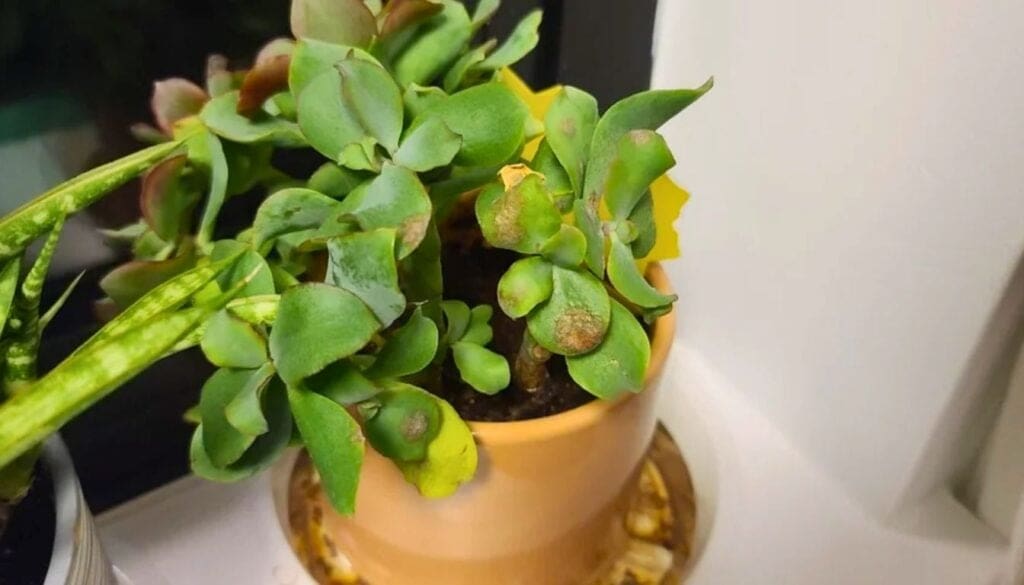
I keep an eye out for brown tips on my plants’ leaves in the summer. When brown spots show up quickly, my plant may be too dry.
Brown tips usually start small but can spread fast. The plant just can’t pull enough water up to the leaf edges.
Leaves with sudden brown edges look dry and crispy. They feel rough, not soft.
Water travels up from the roots, and when there’s not enough, the edges get damaged first. That’s why the tips brown before the rest.
If more than one leaf has this, I water thoroughly. I’ll also check that the pot isn’t too small or the soil too hard.
Sometimes roots get crowded or the dirt blocks water from reaching everywhere. It helps to keep a regular watering schedule during hot spells.
I notice fewer brown tips when I check my plants more often. I also try to move them out of full sun during the hottest part of the day.
Brown tips aren’t always the end. If I catch it early, my plant usually bounces back with some extra care.
5) Slowed or stunted new growth
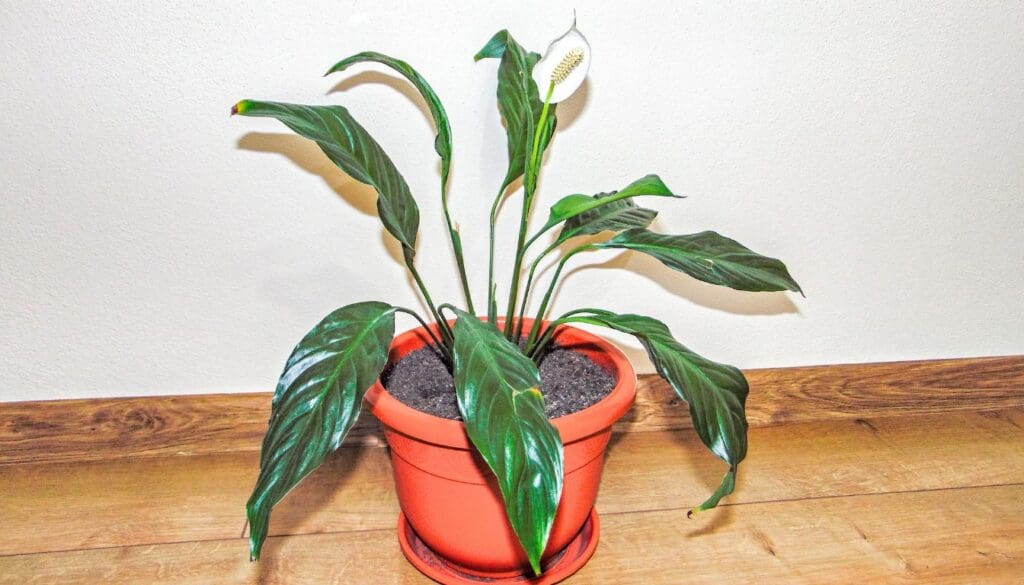
When my plant’s thirsty, I notice new leaves and shoots just stop growing or slow way down. That’s usually a sign it needs more water.
Leaves might stay small or look a bit weird. Sometimes buds don’t open, or stems don’t stretch much.
Healthy plants show steady growth, so slow growth always gets my attention.
If my plant’s not making new leaves or flowers in summer, I check the soil. The top might be dry, or the whole thing could feel hard.
Thirsty plants put their energy into surviving, not growing. That’s why watering at the right time helps them bounce back.
I try to notice slow growth early, so I can help my plant before it gets too weak.
6) Drooping stems or branches
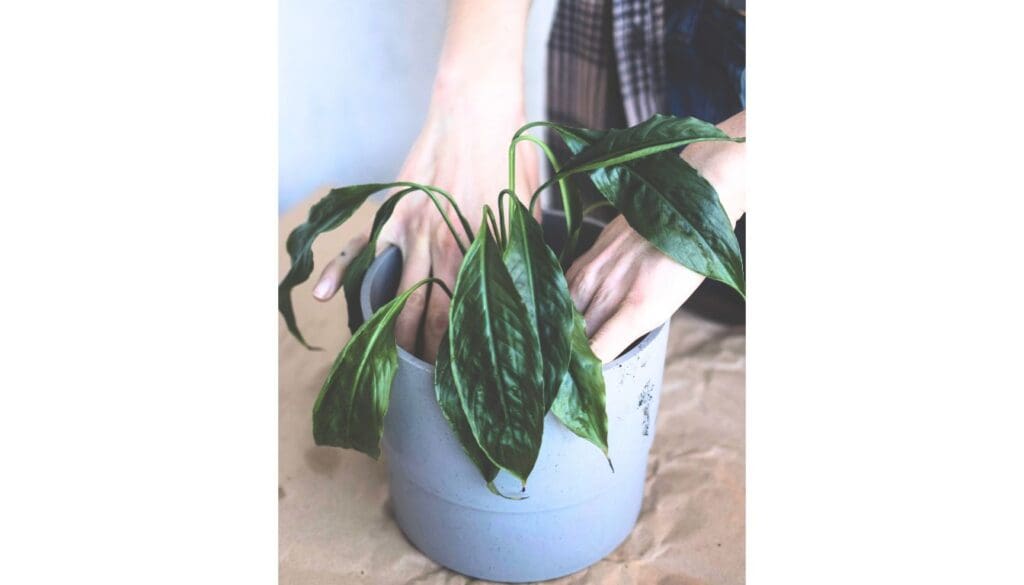
I watch for drooping stems or branches as a sign my plant might need water. When a plant’s thirsty, its stems and branches lose strength and start to hang.
They look less firm, maybe even a little sad. This drooping effect is usually pretty obvious.
Stems or branches can bend in the middle or lean off to one side. Some plants are naturally floppy, but if mine seem extra soft or wilted, I always check the soil.
Touching the stems helps. If they feel softer or weaker than usual, my plant’s probably thirsty. Strong, hydrated stems should bounce back if I press them.
Wilted stems aren’t the same as broken ones. When stems or branches just hang down with no injury, it’s usually about water.
Sometimes drooping happens fast on hot days. If my plant’s fine in the morning but wilted by noon, it’s often water stress.
Watering soon after I see drooping can help the plant perk up again. I always double-check by feeling the soil before adding more water.
Watching for drooping stems or branches helps me care for my plants better in the summer. It’s a simple sign, but it’s saved more than one of my plants.
Understanding Plant Water Needs
I try to keep an eye on how weather and soil mess with my watering routine. Different plants and gardens react in their own ways, depending on temperature and the kind of soil they’re in.
How Heat Impacts Plant Hydration
When it’s hot, my plants lose water faster. High temperatures make water evaporate from both the soil and leaves.
This means I have to check my plants more often. A hot day can cause wilting even if I watered yesterday.
Leaves will turn soft or start drooping because the plant can’t replace water as fast as it’s lost.
Here’s what I watch for during heatwaves:
- Dry soil at the top and around roots
- Drooping leaves even if soil isn’t totally dry
- Brown leaf edges
- Slower growth or tiny new leaves
On really hot days, I water in the morning or evening so the roots get moisture before the heat kicks in.
Soil Types and Their Role in Moisture Retention
I know that soil type changes how much water my plant needs. Sandy soil dries out fast, so I water more often.
Clay soil holds water longer, but sometimes it gets too soggy, which isn’t great for roots either.
Here’s a quick comparison:
| Soil Type | Holds Water | Dries Out |
|---|---|---|
| Sand | Low | Very Quickly |
| Clay | High | Very Slowly |
| Loam | Medium | At a Steady Pace |
The easiest way for me to check is just poking my finger into the soil. If it feels dry two inches down, it’s time to water.
Healthy roots need a balance—not too wet or too dry. That’s why I adjust how I water, depending on the soil.
Tips for Preventing Summer Plant Thirst
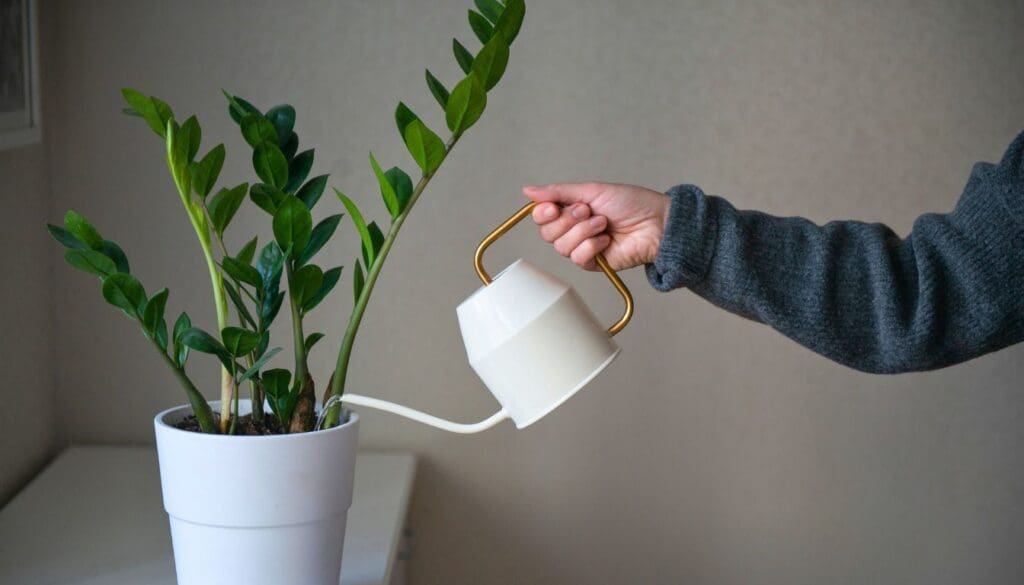
It’s easy for plants to dry out in hot weather, but simple things like watering on a schedule and using mulch for protection really help. I focus on the right techniques so my plants stay strong all summer.
Creating an Efficient Watering Routine
I always water early in the morning or later in the evening. That way, less water is lost to heat and sun.
I check the soil first by sticking my finger in about two inches. If it’s dry, I water.
To avoid shallow roots, I do deep watering—slowly giving water at the base until the soil is moist but not soggy.
I make sure each plant gets what it needs, since some are thirstier than others. Tomatoes, for example, need more than herbs.
A few tips:
- Use a watering can or drip hose for better control.
- Water less often, but deeply.
- Try not to splash water on the leaves.
Staying consistent really helps—my plants show fewer signs of thirst when I keep up with this routine.
Mulching and Shade Solutions
I like to cover the soil with mulch—it really helps slow down water evaporation. Straw, bark, or even just some grass clippings do the trick.
Usually, I’ll toss on about 2–3 inches around my plants, but I keep it an inch away from the stems. That way, I don’t have to worry about rot sneaking in.
This layer is also great for keeping the soil temperature more steady, which is something I’ve come to appreciate.
When it’s blazing hot, I try to give my plants a bit of a break with extra shade. Sometimes that means gardening fabric, other times it’s just an old sheet I had lying around.
If I’ve got smaller pots, I’ll move them under a tree or onto the porch for a while. It’s not fancy, but it keeps them from getting scorched and gives them a chance to bounce back.
Quick Shade Solutions:
- Place stakes and cloth over beds.
- Move pots to shaded spots.
- Use tall plants to block harsh midday sun.
Frequently Asked Questions
I’ve noticed my plants are pretty clear when they need more water, especially once summer hits. Wilting leaves, dry soil, brown tips, and faded colors are usually the first things I spot.
How can I tell if my plant needs more water during hot months?
When it’s hot, I just check every day for limp or wilted leaves. If the soil dries out fast or pulls away from the pot, I know it’s time for a drink.
Sometimes, the leaves look a little dull or faded, which is another nudge to water.
What are the warning signs of dehydration in potted plants?
Dry, cracked soil in the pot is a dead giveaway. The leaves might droop or lose their shine, and brown tips can show up pretty quickly.
Are there any visual indicators that my garden plants are too dry?
In the garden, I watch for brown spots or leaves turning dull. Slowed growth or leaves that stay wilted after sunset are other signs I keep an eye on.
What do drooping leaves say about my plant’s hydration needs?
Drooping or limp leaves usually mean my plant’s thirsty. If they’re still sad by morning after a watering, I figure the soil’s too dry or maybe the roots are stressed out.
Can yellowing leaves be a sign of insufficient watering in summer?
Sometimes my plants get yellow leaves when they’re not getting enough water. If I see yellowing along with dry soil or wilting, I’ll water them right away.
How does the soil appearance indicate my plant’s water requirements?
I usually poke around in the soil to see if it feels dry beneath the surface, not just on top. If it looks cracked or starts pulling away from the edges of the pot, that’s a pretty clear sign your plant could use a drink.
Moist soil tends to be darker and sort of clumps together when you touch it. If it’s looking light and crumbly, well, your plant might be getting thirsty.
Recommended Garden Supplies
| Product Image | Our Recommended Gardening Supplies | Check Offers! |
|---|---|---|
Top Top
Top
Top
Top
Top
Top
Top
Top | rePotme Houseplant and Tropical Classic Potting Soil Mix | Check Offer On Amazon |
 Top
Top
Top
Top
Top
Top
Top
Top | Espoma Organic Indoor Plant Food | Check Offer On Amazon |
 Top
Top
Top
Top
Top
Top
Top
Top | GooingTop LED Grow Light 6000K Full Spectrum Clip Plant Growing Lamp | Check Offer On Amazon |
 Top
Top
Top
Top
Top
Top
Top
Top | Soil Moisture Meter | Check Offer On Amazon |
 Top
Top
Top
Top
Top
Top
Top
Top | Govee Hygrometer Thermometer, Bluetooth Enabled! | Check Offer On Amazon |
 Top
Top | LEVOIT Humidifiers for Large Room(Best For Plants) | Check Offer On Amazon |
 Top
Top
Top
Top
Top
Top
Top
Top | Upgraded DIY Automatic Drip Irrigation Kit, 15 Potted Houseplants Support | Check Offer On Amazon |
 Top
Top
Top
Top
Top
Top
Top
Top | Stainless Steel Heavy Duty Gardening Tool Set | Check Offer On Amazon |
 Top
Top
Top
Top
Top
Top
Top
Top | Bonide Insecticidal Soap | Check Offer On Amazon |
 Top
Top
Top
Top
Top
Top
Top
Top | Bonide 32 oz Spray Neem Oil for Organic Gardening | Check Offer On Amazon |
 Top
Top
Top
Top
Top
Top
Top
Top | Garden Safe Fungicide | Check Offer On Amazon |

